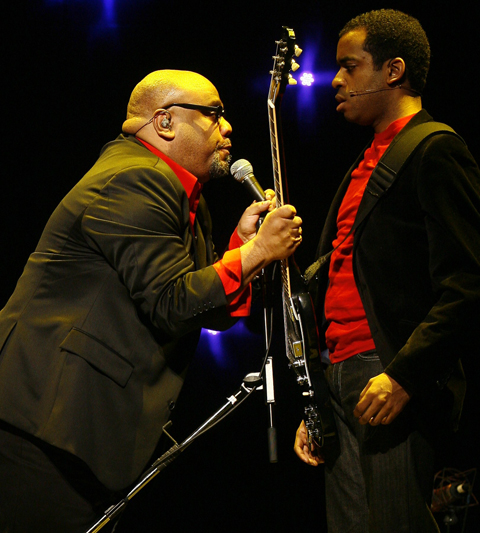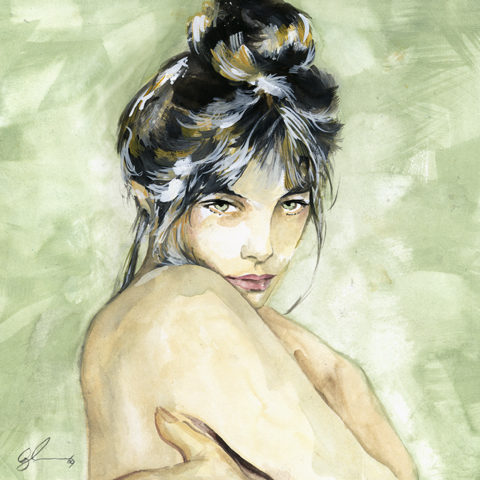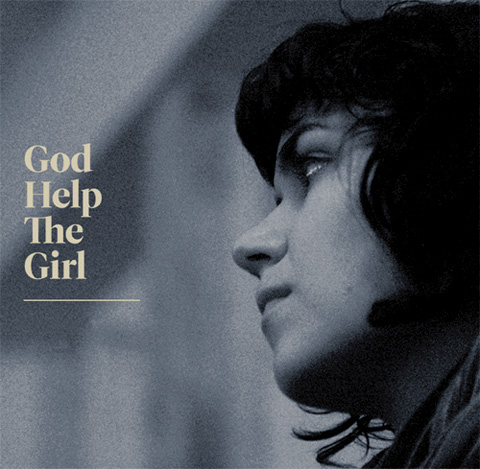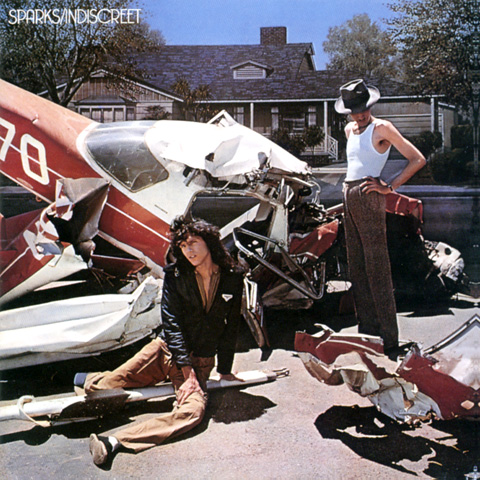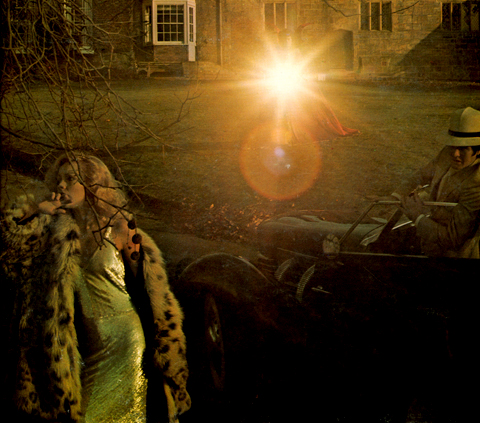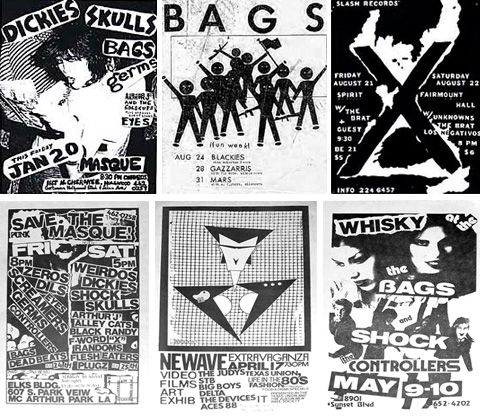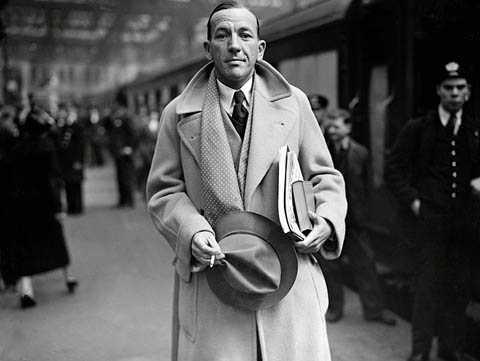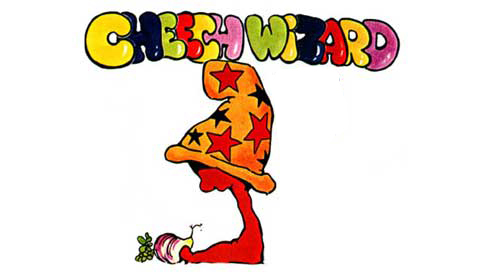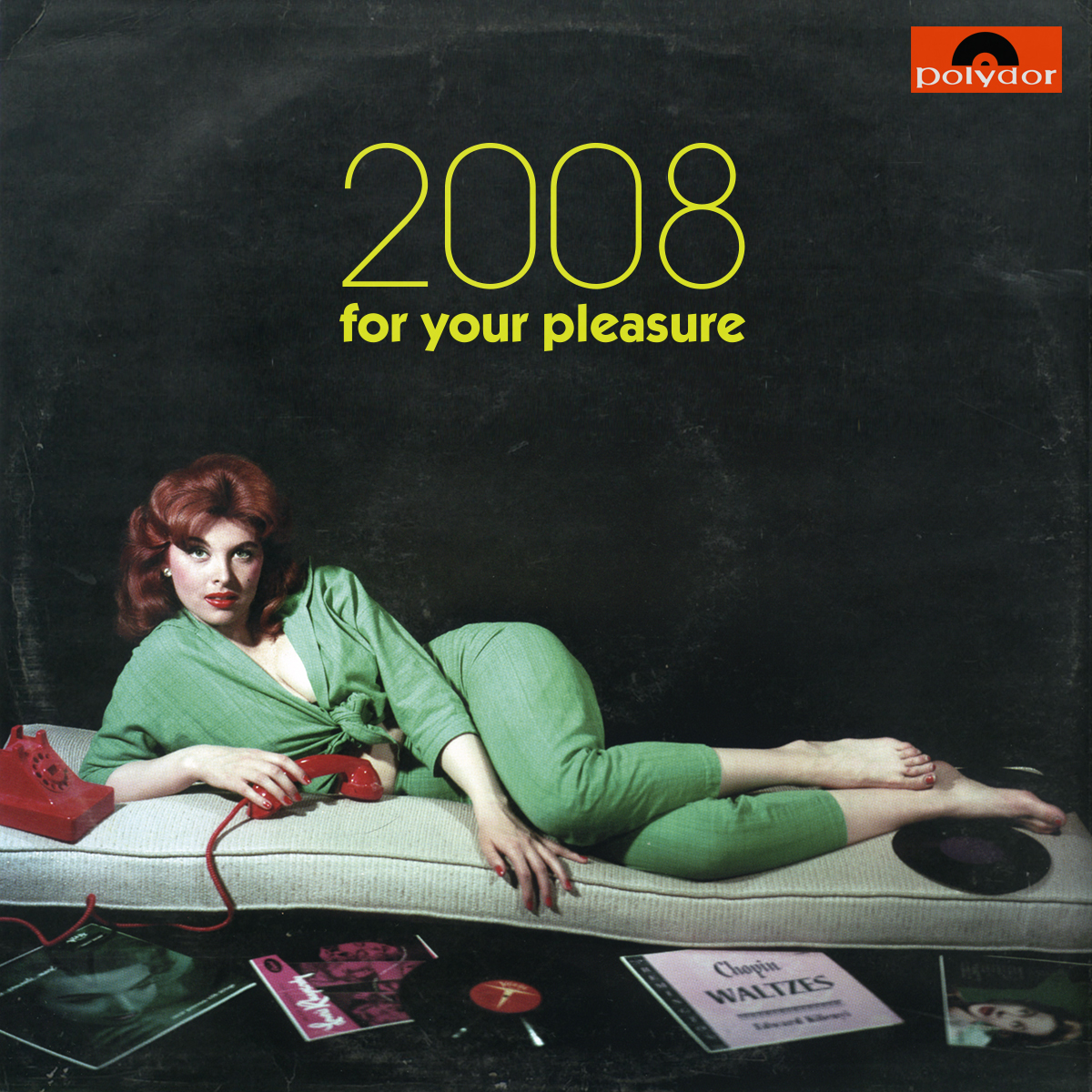
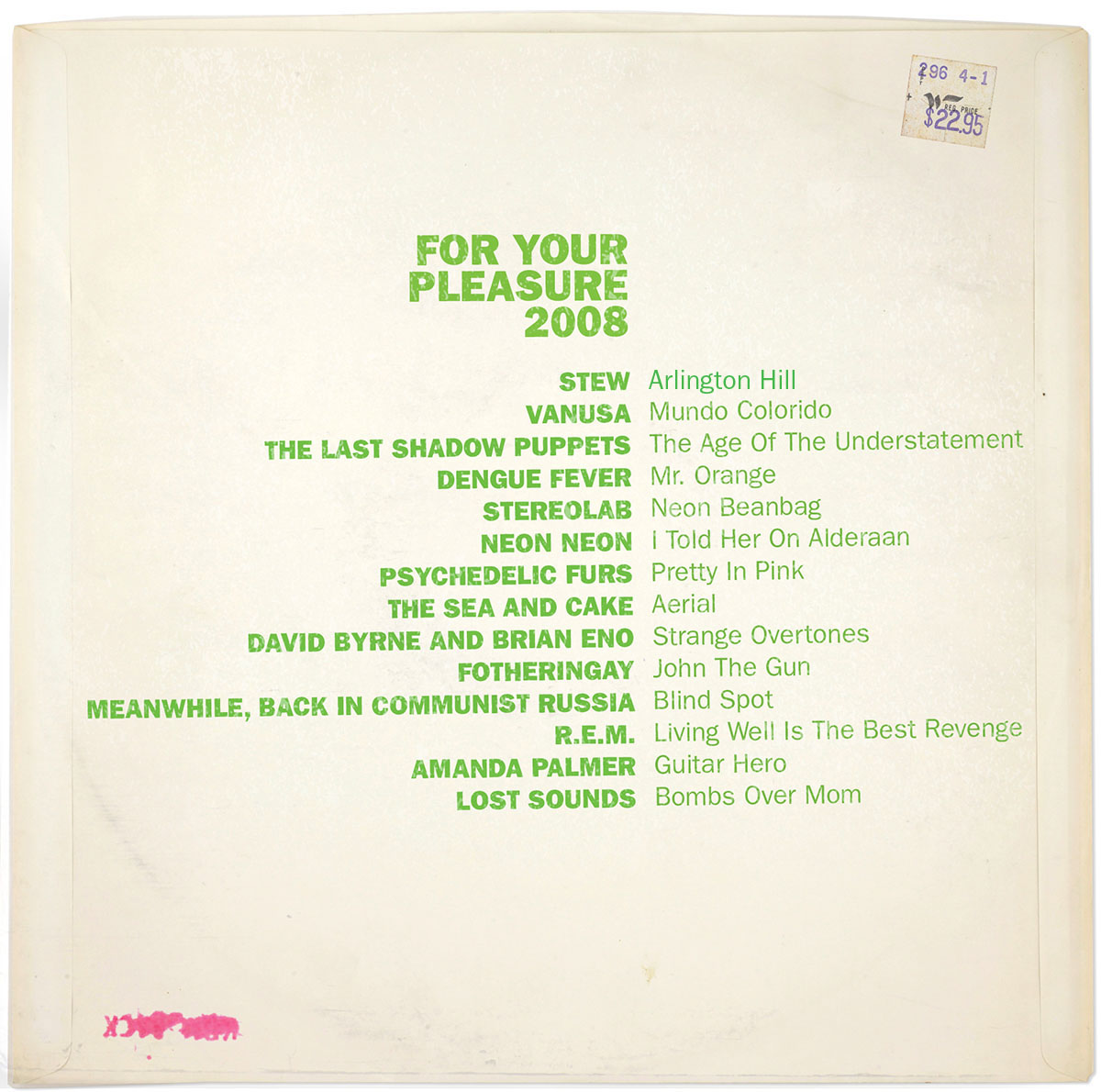
So, here, below, please find a recreated, reposted version of the first in the For Your Pleasure series, from 2008.
It was originally posted at my old ad agency’s then-obligatory “weblog.” That post, along with this, marked the beginning of a good four/five years of committed blogging and writing. I set things up over here at shepelavy.com shortly after, and, well, here we are, still transmitting in the wilderness.
Looking back I can see why I wanted to commemorate that year in music. So much boss tunage! Stew’s remarkable musical Passing Strange opened on Broadway that year. Embedded deep in its soulful heart was “Arlington Hill” – a gorgeous benediction to ardent, addled, questing oddballs everywhere – “Yes, suddenly there is a meaning… and everything’s alright”
It was a banner year for swinging psych — I had finally tracked down the erotically volcanic “Mundo Colorido” by Brazilian jazz chanteuse Vanusa; gotten turned onto the Cambodian rock melange of Dengue Fever; lost it for the hi-gloss epic 60’s revivalism of the Last Shadow Puppets.
Neon Neon remains an enduring one-off treasure – the gonzo synth soaked tribute to the life of 80’s avatar John Delorean.
There were comebacks & old head hits galore: Stereolab and REM released their most vital work in years; the long abandoned second album by Sandy Denny’s Fotheringay was finally, lovingly cobbled together; a delightful egghead pop record by Byrne/Eno; and the Psychedelic Furs played one of the best live shows I’ve ever seen, playing with genuine punk passion to a small motley crowd in a now shuttered, forgotten West Philly niteclub.
Can’t remember where I happened upon the spellbinding, spooky spoken-word charms of Meanwhile, Back in Communist Russia – as evocative, singular, wordy and weird as their name. The apocalyptic synth-punk of Lost Sounds sizzled and Amanda Palmer’s barrelhouse melodramas were still well inside their sell-by freshness date.
And, as welcome and pleasant then, as now, and ever, ladies and gentlemen — the seasonal zephyr we like to call the Sea and Cake.
Total time: 53 minutes. Download the comp here. Thanks for listening. Cheers.
